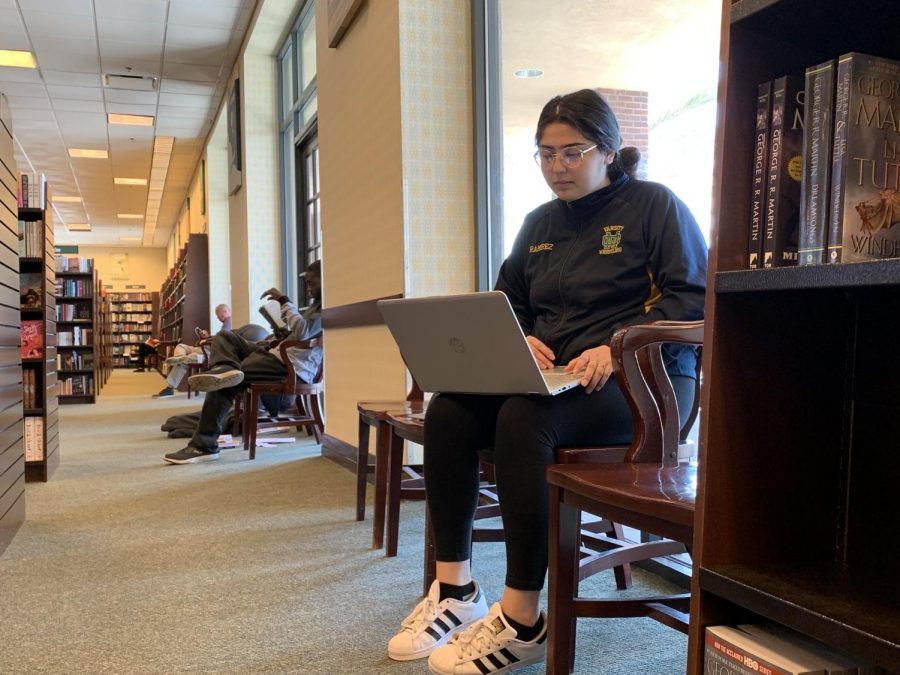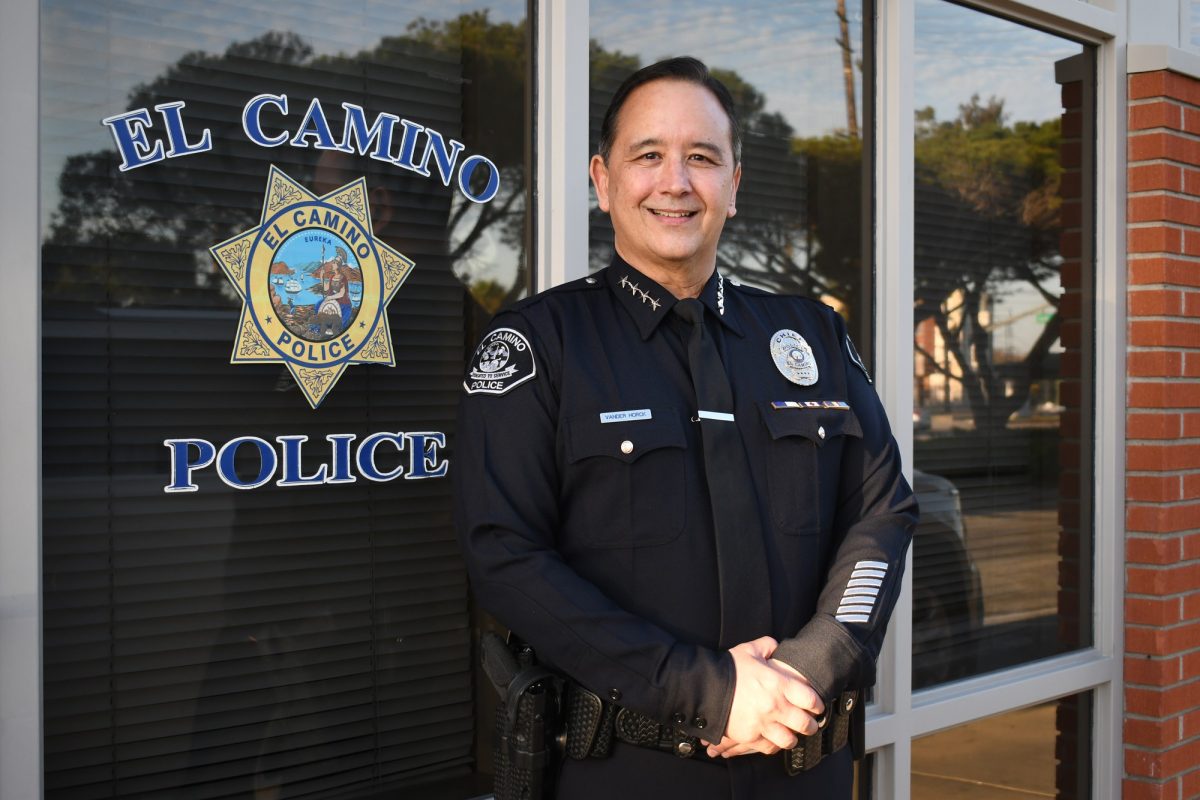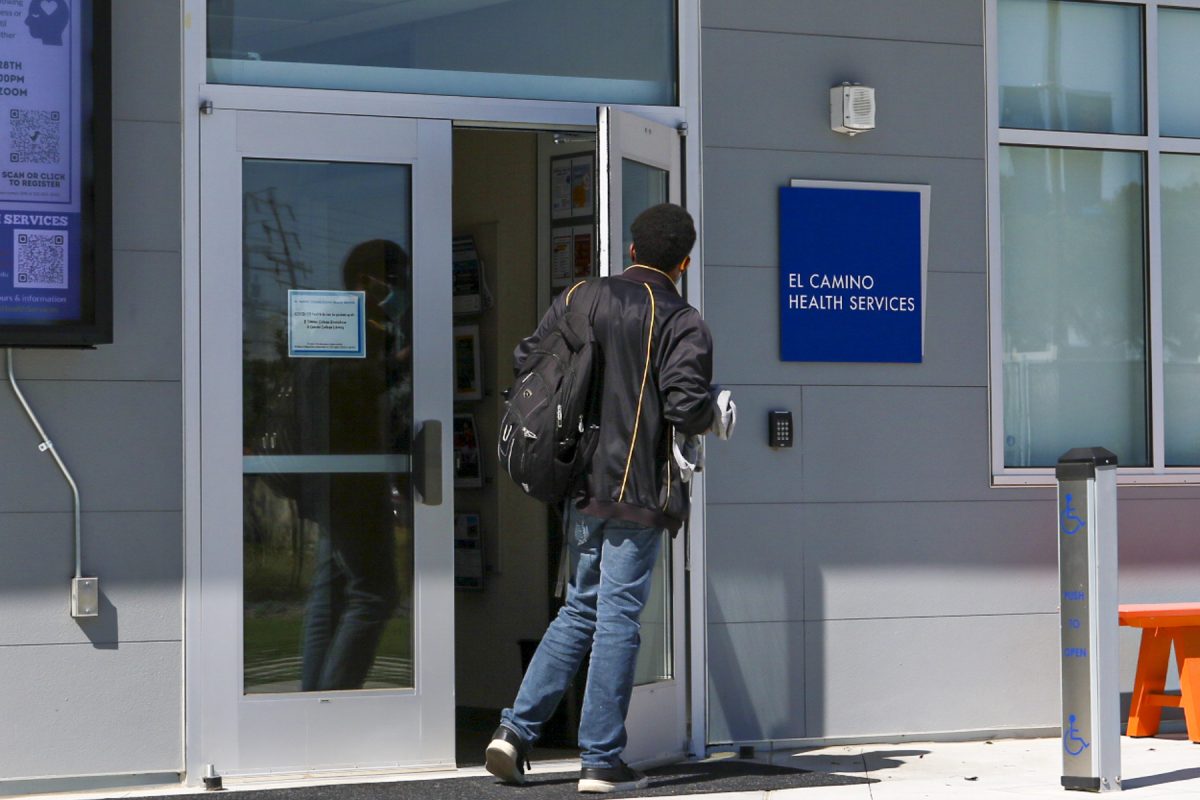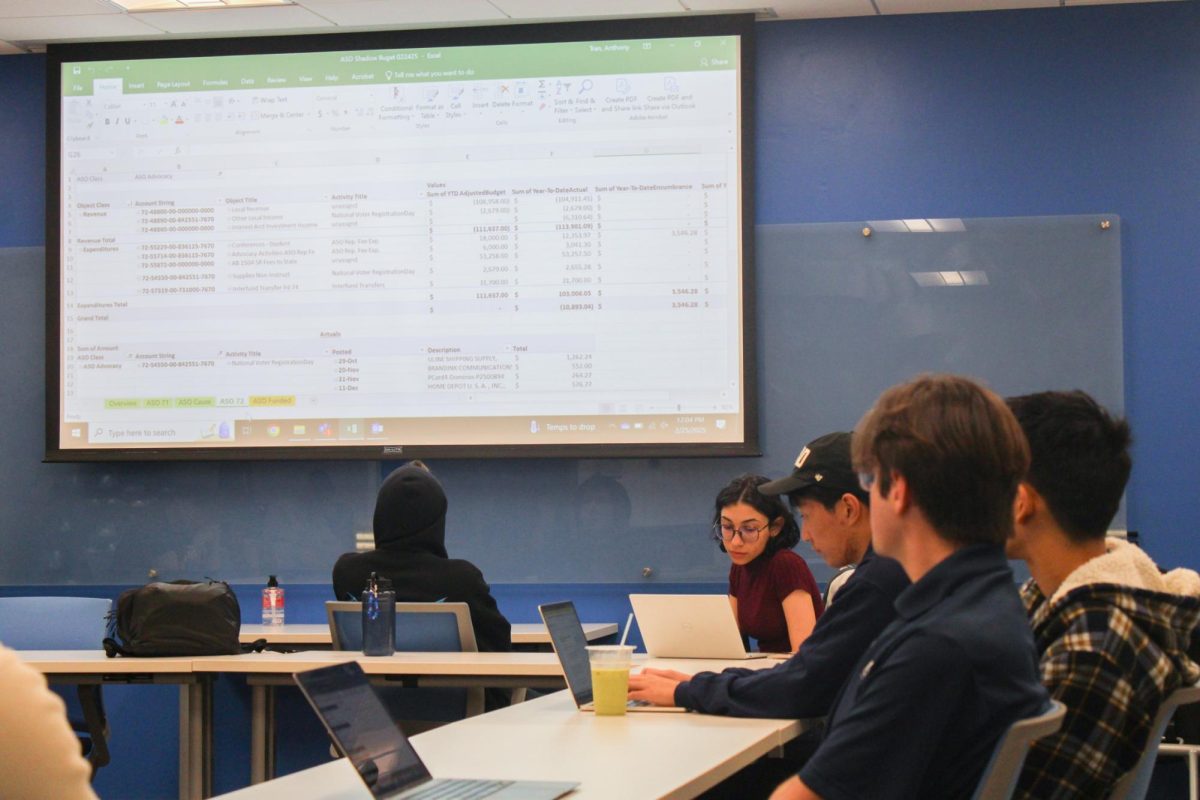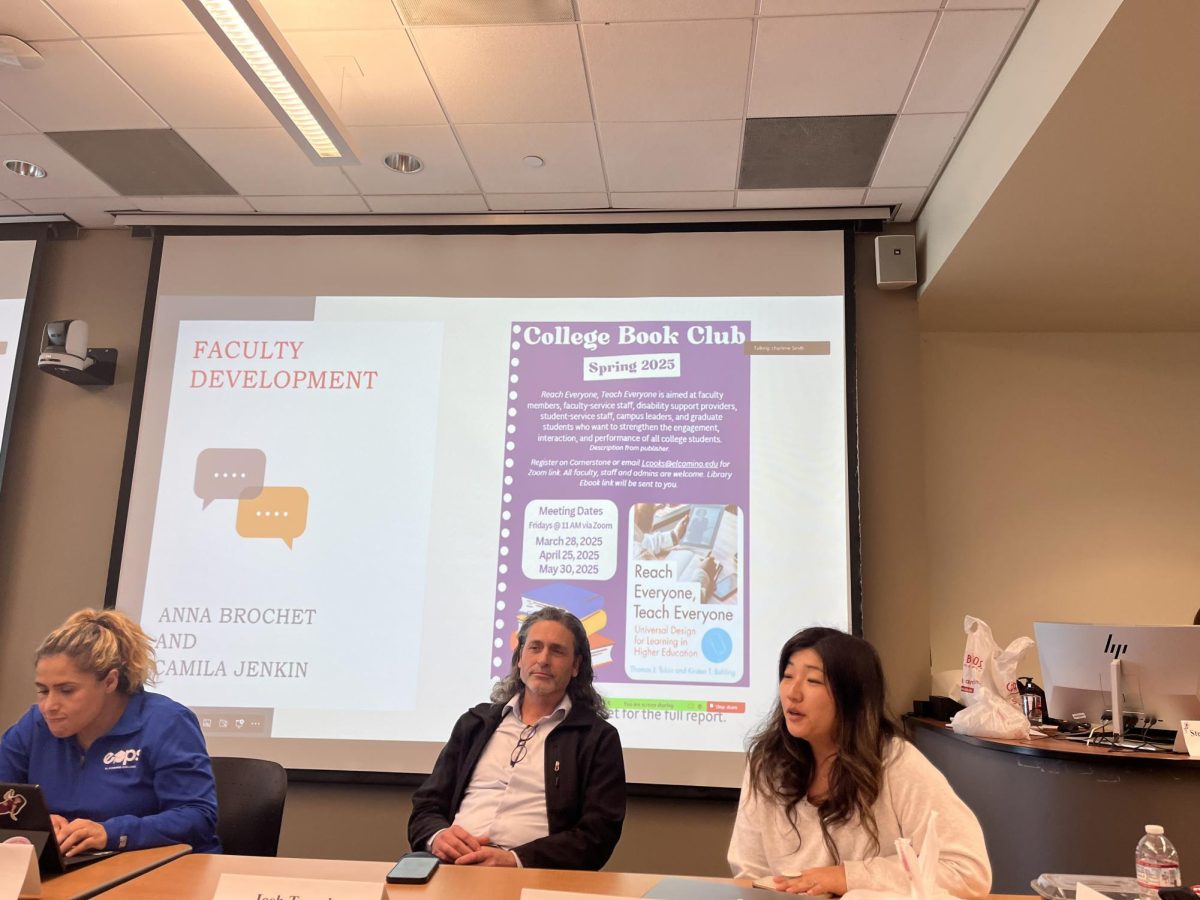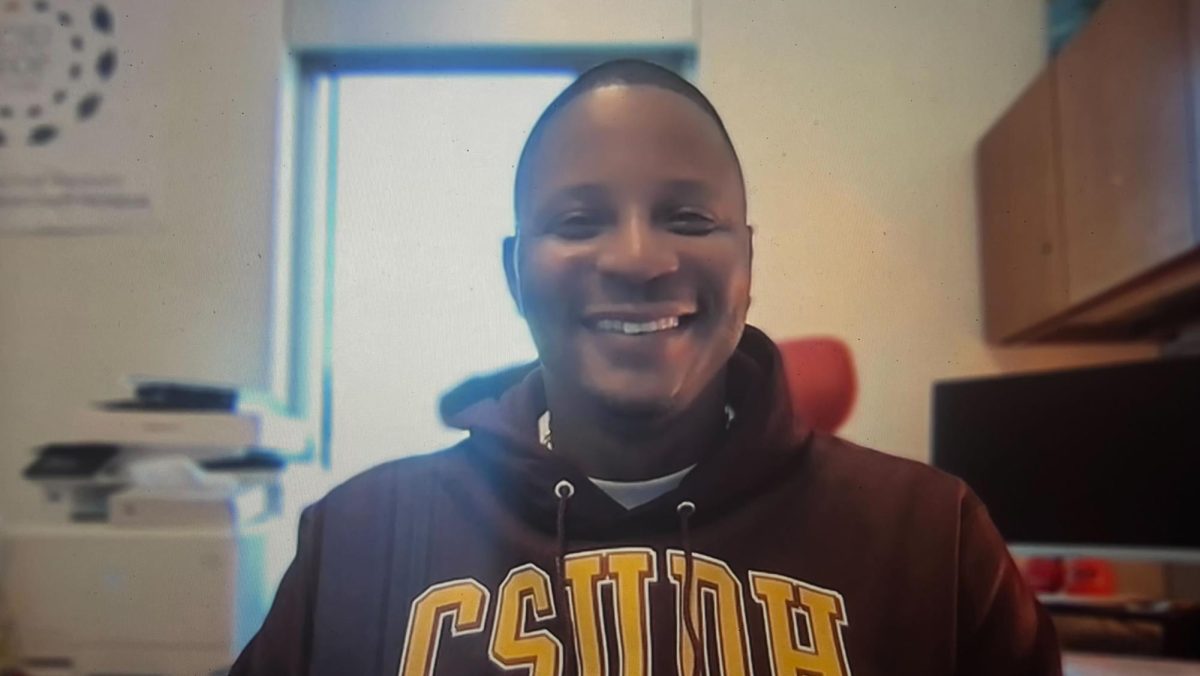While in line at Six Flags Magic Mountain, Bridgette Ramirez started getting nervous. She was waiting to ride X2, a steel rollercoaster that spins its passengers in a full rotation mid-air. However, the rollercoaster wasn’t the cause of her increasing anxiety.
On that particular Saturday that she was at the amusement park, the 19-year-old nursing student had assignments due for her English class. Fortunately, Ramirez was taking her class online so she was able to post answers to a discussion question and complete a quiz on her smartphone right before stepping foot on the ride.
It was the winter session of 2018 and Ramirez had a busy schedule. She took a psychology class in the morning and would immediately go to her daycare job after. She didn’t have time to attend a class after work so she decided to take English online.
Balancing school and work is challenging and involves a lot of late nights so the convivence of online classes was enticing, Ramirez said.
“You can make your own time,” Ramirez said. “That’s what I like about it.”
Ramirez benefited from the upward trend of online education community colleges across California saw from 2013 to 2018.
El Camino College more than doubled its online student population growing by 126%, Long Beach City College increased by 89%, Cerritos College increased by 59% and Santa Barbara City College increased by 16%. Overall, California community colleges grew their online study body by 59% statewide, according to the California Community Colleges Chancellor’s Office Data Mart.
Community colleges have a diverse student body ranging from adult learners, working students, or those with families. Having a virtual option provides more access for students, Binh Tran, who oversees the online master’s programs at the USC Viterbi School of Engineering said.
“The goal for community college is to be widely available for everyone,” Tran said. “This amount of open access leads to capacity problems which could be the reason why they are focusing more on online education.”
EC has been marketing more towards students with irregular schedules who could benefit from distance education, Crystle Martin, director of library and learning resources at EC said.
For Ramirez’s online class, you didn’t have to stick to the professor’s pace and was allowed to work faster or slower–as long as you turned in your assignments by deadline.
Since Ramirez worked at a daycare, she took the opportunity to do classwork when the children were asleep. She was able to squeeze in an assignment or read a couple chapters for class during her time there.
“It was convenient for me because I didn’t have to stop working to take that class,” Ramirez said.
Martin said that distance education at EC is having a huge growth phase and attributes the success to the college’s utilization of Canvas.
Canvas is EC’s official learning management system that conducts and delivers the online material to the college and EC started using it during the winter of 2017, Gema Perez, EC instructional media coordinator for distance education, said.
At first it was piloted by a small group of instructors and classes and was eventually made available to all of EC and Compton College during the summer of 2018.
“We are supporting about 15-thousand students, about 6000 sections, and around 1,500 faculty members, Perez said.
Canvas now has the ability to administer proctored test taking so it will be easier for mathematics and business to transition their classes online, Martin said.
However, there are many requirements before a traditional face to face course is approved for distance education.
“The quality of education should still be the same if not better online,” Tran said.
First a class must pass a curriculum process for quality control. Then a Distance Education Addendum is completed which details how the course will be taught and changed to work in an online environment.
Before a professor can teach an online class, they must pass an online teaching certification which is offered a couple times a semester. The training is done 100% online so the faculty being certified have context of what a student would experience when taking their class.
These requirements aren’t the only things regulating the growth of online education because not every class translates well to the internet. Limitations can include classes that require lab experience or speech classes that need direct feedback from an audience of students and professors.
“In the end of the day it can’t be worse,” Tran said. “You can’t go through all of this–provide online programs or give them access to this community and have a worse experience.”
Martin has taught in an online and face to face setting and said other “pedagogical approaches” must be used for distance education.
“Lots of things are different, you can’t see everyone’s face in the classroom so how you engage with students has to change,” Martin said.
It’s a challenge that some professors like to take on while other faculty choose to teach online because they are early tech adopters, Martin said.
The future of online education will be figuring out the challenges of offering courses that traditionally have a lot of hands on elements in a distant space. Some possibilities are lab kits that could be sent to students to do at home or virtual reality which some med schools are starting to use, Martin said.
“We’ve been working with a lot of the divisions on what the roadblocks are for their faculty to be able to take those classes online,” Martin said. “But the desire for the growth of online is definitely there.”




